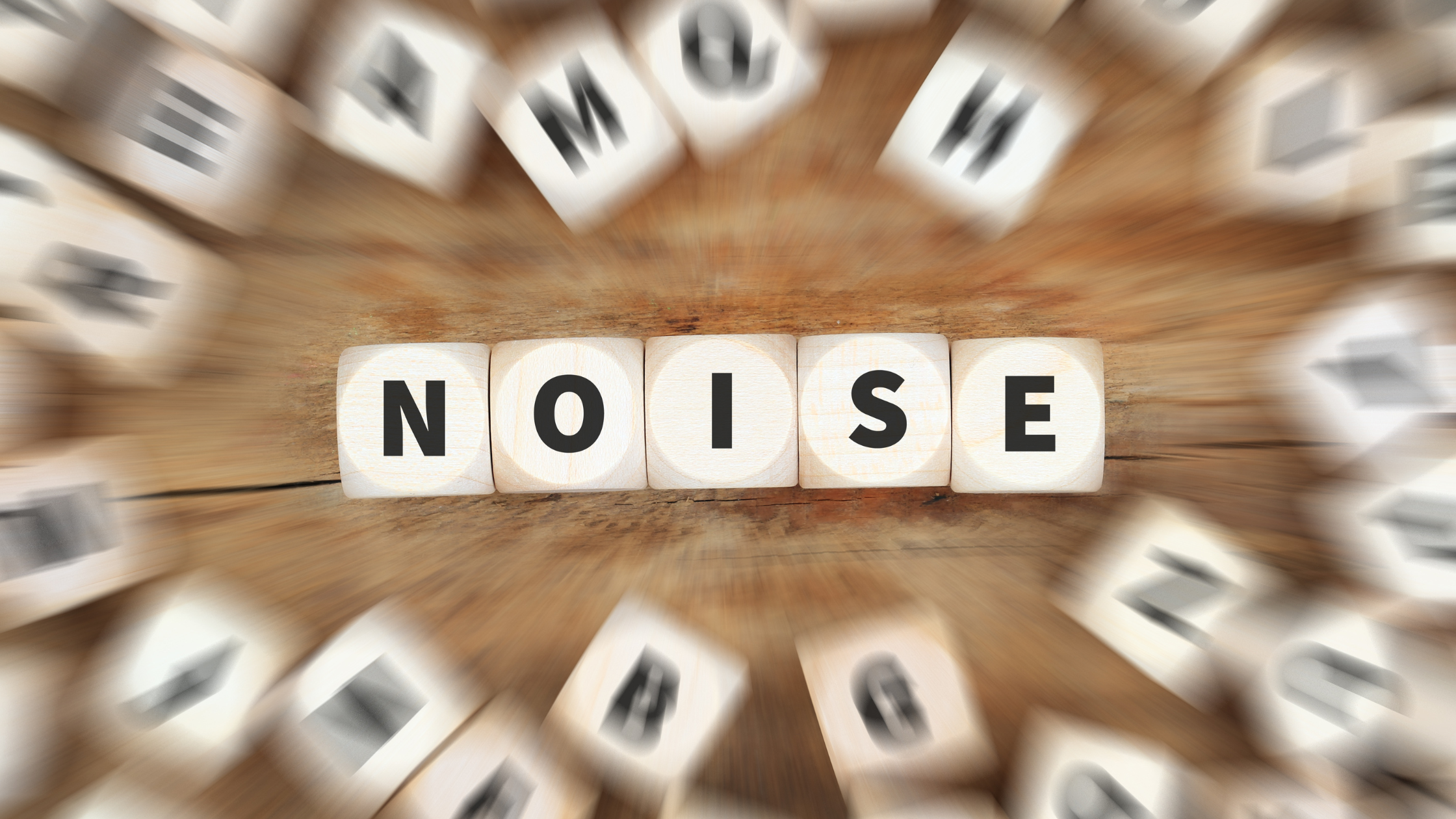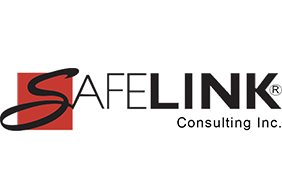Hey there, dedicated dental pros! Let's chat about noise in our industry. You know what they say, too much noise can be a real pain in the ears! Today, we embark on a journey to shed light on a topic that is often overshadowed in the dental realm: the importance of safeguarding our ears.
In the world of dental magic, the noise levels can be, well, less than magical. The high-pitched humming of handpieces, noise caused by air turbulence or shearing noise as compressed air comes out of a nozzle at high speed, or the relentless clatter of instruments and tools can be deafening, especially when it feels like the universe conspired for everyone to use their compressed air gun at once. Over time, this noise can take a toll on your hearing.
So, how do we know when noise becomes a hazard? Well, it all boils down to three things: how loud the sound is, how long the exposure lasts, and how often you're exposed.
So, what's the prescription? It starts with an employer understanding how the Occupational Safety and Health Administration (OSHA) requires employers to identify noise issues and to determine if a hearing conservation program is required. The OSHA standards that apply to hearing conservation include 1910.95, 1910.1020, and 1904.10.
29 CFR 1910.95: "The employer shall administer a continuing, effective hearing conservation program, as described in paragraphs (c) through (o) of this section, whenever employee noise exposures equal or exceed an 8-hour time-weighted average sound level (TWA) of 85 decibels measured on the A scale (slow response) or, equivalently, a dose of fifty percent. For purposes of the hearing conservation program, employee noise exposures shall be computed in accordance with appendix A and Table G-16a, and without regard to any attenuation provided by the use of personal protective equipment."
29 CFR 1910.1020: This standard provides requirements for access to employee exposure and medical records. 1910.1020(d)(1)(i) sets out the requirements for retention of medical records which could include any audiometric testing records. These medical records for each employee shall be preserved and maintained for at least the duration of employment plus thirty (30) years, except for some records as shown in this section.
29 CFR 1904.10: This standard provides that hearing loss that is work-related to be recorded on the Form 300. Of course, the employer must determine if the hearing loss is work-related. If an event or exposure in the work environment either caused or contributed to the hearing loss, or significantly aggravated a pre-existing hearing loss, the case should be considered to be work-related.
OSHA and NIOSH (the National Institute for Occupational Safety and Health) provide guidance on safe exposure levels. OSHA's Standard at 1910.95 states: "When information indicates that any employee's exposure may equal or exceed an 8-hour time-weighted average of 85 decibels, the employer shall develop and implement a monitoring program."
NIOSH also recommends a maximum exposure of 85 decibels on average (dBA) over an eight-hour workday. When you hit that 85 dBA mark, you might need to raise your voice to converse with a colleague three feet away. Anything above 95 dBA, and you'll be shouting to communicate!
The consequences of neglecting your hearing can be significant. You depend on your ability to communicate effectively with co-workers and patients, and hearing loss can hinder this vital aspect of your work. Prolonged exposure to noise without proper protection can lead to irreversible damage, so it's essential for employers to take all necessary precautions and for employees to follow the employer's prevention methods.
This can mean minimizing or replacing noisy equipment when possible. If that's not doable, use engineering controls like insulation or barriers. Administrative steps like scheduling breaks and creating quiet rest areas can also help. And when all else fails, rock some stylish hearing protection devices like ear plugs or earmuffs. NIOSH provides some excellent information on how to choose the right hearing protector. Hearing protection comes in so many styles, materials, color, and sizes. In their Science Blog published October 24, 2018 they discuss 1) know how much noise reduction you need, 2) think about your worksite and job tasks, and 3) decide what is most comfortable and convenient.
Employers, by protecting your employees' ears, you're investing in their long and harmonious career. So, remember, when it comes to noise, don't turn a deaf ear – protect it instead! Your employees will thank you. Now, go out there and be the hero of dental health, protecting both smiles and your employees' precious hearing with the power of ear protection! Get help with employee health & safety training.
Remember, friends, noise-induced hearing loss can happen to anyone in any industry, but with a bit of wit and wisdom, we can all keep our ears happy and healthy.
Discover more about how to achieve OSHA dental compliance for the dental practice or dental lab.
Why is it crucial to evaluate your sterilization procedures? Learn about the potential repercussions of overlooking proper sterilization protocols in dental practices.
Learn more about what SafeLink Consulting can do to help your business with compliance services, including safety compliance, to meet OSHA training requirements and quality system consulting to meet FDA compliance. Contact us for an OSHA consultation. Learn more about Dental OSHA Compliance.
Get notification when new regulatory compliance training courses are added plus upcoming events by subscribing to our email news.






